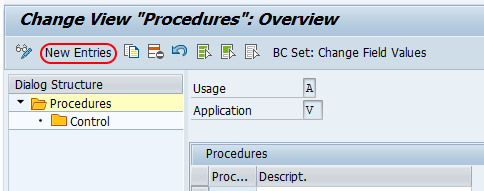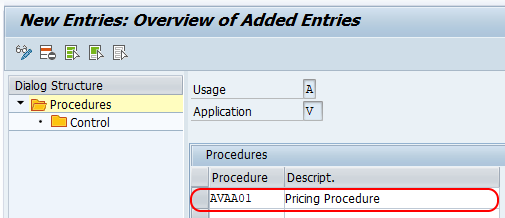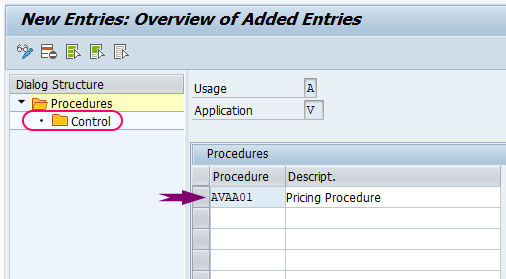In this SAP tutorial, you will learn about Pricing Procedures in SAP Sales and Distribution (SAP SD) and how to define them using Transaction Code V/08. Pricing procedures are essential in calculating the price of goods and services in sales documents by organizing and processing various pricing condition types.
What is Pricing Procedure in SAP SD?
A Pricing Procedure in SAP determines how the system calculates the prices of goods and services during the processing of sales documents. It consists of a sequence of condition types such as discounts, surcharges, taxes, and freight charges, which collectively determine the final price for the customer.
Key Highlights:
- Pricing procedures are assigned based on Customer Master Data, Sales Data, and Sales Document Type.
- They streamline pricing calculations by following a defined sequence of condition types.
Purpose of a Pricing Procedure
The primary purpose of a pricing procedure is to calculate the total value of goods or services in a systematic and controlled way. It ensures:
- Accurate price calculations based on condition types.
- Flexibility in defining prices for different customer categories and sales scenarios.
- Consistent pricing across sales documents.
Steps to Define Pricing Procedure in SAP SD
Step 1: Access the Pricing Procedure Configuration
- Use the Transaction Code V/08 or navigate through the menu path:
SPRO → Implementation Guide → Sales and Distribution → Basic Functions → Pricing → Pricing Control → Define and Assign Pricing Procedure.

Step 2: Create a New Pricing Procedure
- On the Procedures Overview screen, click on New Entries to create a new pricing procedure.

- Update the following fields:
- Procedure: Enter a unique key to identify the pricing procedure (e.g., ZPR01).
- Description: Provide a meaningful description for the procedure.

- Click Save to store the newly created pricing procedure.
Step 3: Define the Condition Types
- Select the created pricing procedure and click on the Control tab.
- Click on New Entries to define the sequence of condition types to be used in the pricing procedure.

Step 4: Enter Condition Types and Their Details
Update the following fields for each condition type in the pricing procedure:
- Step: Sequential number to define the order of condition types.
- CTyp (Condition Type): Specify the relevant condition type (e.g., PR00 for base price, K004 for material discount).
- Description: The SAP system automatically populates this field.
- Manual: Enable this option if the condition can be manually entered during pricing in sales documents.
- Required: Mark this option to make the condition mandatory during pricing.
- Reqt (Requirement): Specify a requirement for the condition type to be determined during pricing.

Step 5: Save the Pricing Procedure
After entering all the required condition types and their details:
- Review the entries for accuracy.
- Click Save to store the configured pricing procedure.

Key Notes
- Condition Types: These are the building blocks of a pricing procedure. Common examples include PR00 (Base Price), K004 (Material Discount), and MWST (Sales Tax).
- Requirement Field: Use this field to specify conditions under which a condition type should be applied.
- Testing: Always test the configured pricing procedure in a sandbox environment before deploying it to the production system.
Conclusion
By defining a Pricing Procedure in SAP SD, you can manage complex pricing requirements with ease. It allows businesses to configure and automate pricing strategies tailored to different customer and sales scenarios. Follow this step-by-step guide to create and customize your pricing procedures effectively.
For more SAP tutorials and insights, visit SAP Training Tutorials.
